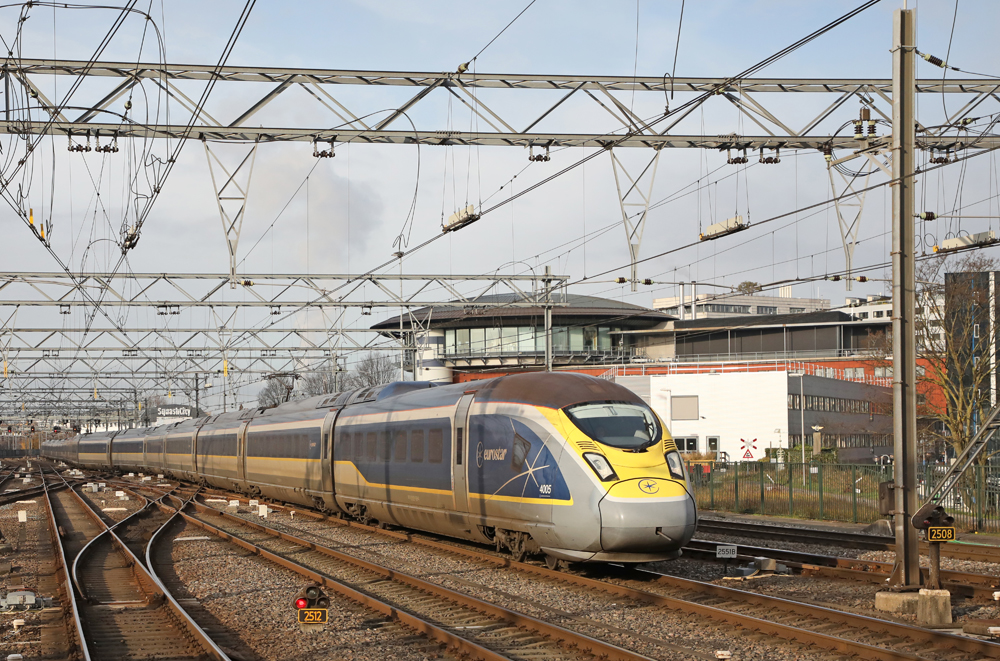
The year 2023 has seen major new rail lines enter service around the world, with new high-speed lines opening as far apart as Spain and Indonesia. High speed developments weren’t quite as positive in the United Kingdom, where part of the HS2 system was axed by the government. And new railway technology, in the form of battery-powered trains, began operating in Germany.
High speed in southern hemisphere
In Asia the first high speed line in the southern hemisphere opened Oct. 2 between the Indonesian capital Jakarta and the city of Bandung, serving a combined population of over 45 million people (the Jakarta conurbation has 34 million people and Bandung around 11 million). Track laying only began in April 2022 and the line was fully operational within 18 months.
The 89-mile-long, 219-mph (350 kilometer per hour) high-speed line was opened by Indonesian President Joko Widodo. Twelve 600-seat trains branded as “Whoosh” operate on the new line. These CR400AF “Yawan” high-speed EMUs were built in China by rail engineering conglomerate CRRC. A joint venture of Indonesian and Chinese state-owned companies operates the trains, with 34 train pairs daily and multiple departures per hour. There are two intermediate stations in addition to termini at both ends.
Dual gauge tunnel under the mountains
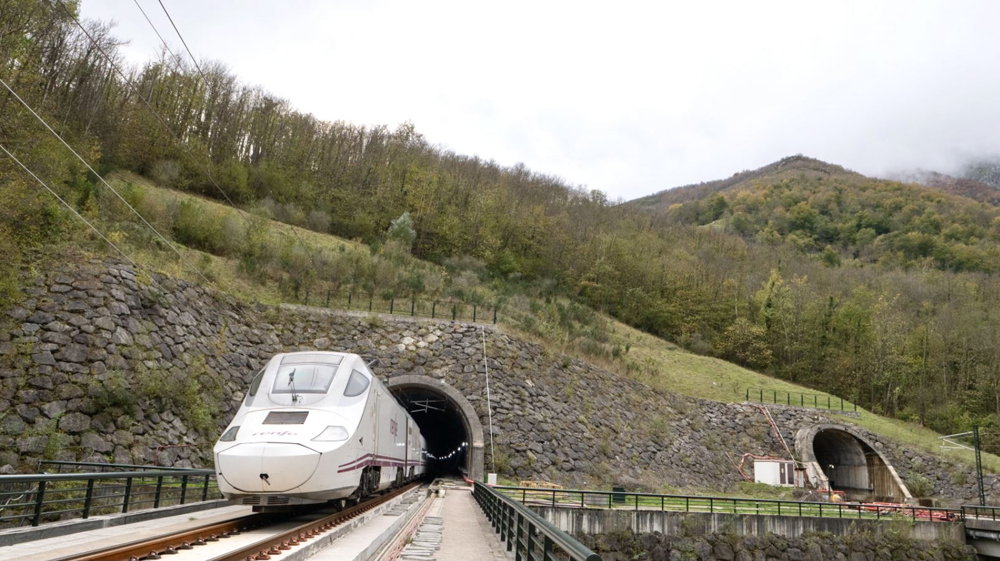
In Spain the country’s king opened a new railway line linking the northern province of Asturias to the rest of the Spanish high-speed network on Nov. 29; regular service began the next day. The 31.25-mile new section of railway includes the 15.43-mile Pajares Base Tunnel, now Europe’s seventh-longest rail tunnel, built underneath the Cantabrian Mountain range. The new $4.4 billion line shortens the distance by rail from the cities of Oviedo to León by 23 miles, avoiding the old steeply graded and circuitous line over the Pajares Pass. Journey times for both passenger and freight trains have been reduced by over an hour.
Construction of the twin-bore base tunnel took 20 years beginning in 2004. Complex geology and high levels of water ingress from aquifers delayed progress multiple times, and on several occasions opponents of the project suggested it be shelved. The new line is technically complex as it aims to accommodate all the trains that used the old line through the mountains (which will likely be abandoned at some point), as well as the new high speed services. To do this, both standard gauge and 1,668mm/5-foot, 5 21⁄32 inch Iberian broad gauge tracks have been laid. To add even more complexity, the new tunnels use the 25kV AC electrification of all of Spain’s high speed network — but the broad gauge trains will all be freight and there are hardly any freight locomotives in Spain that can switch from the 3kV DC used everywhere else on the broad gauge network to 25kV AC. A gauge changer for high speed trains has been built at the north end of the base tunnel to enable special gauge-changing high speed trains to switch to the broad gauge for the remainder of their journey north into Asturias.
Less progress in Britain, but possible competition for Eurostar
In Britain, the government decided in October to cancel the northern section of the planned HS2 high speed line that would have connected Birmingham with Manchester. Despite the political decision, planning for parts of the route is still underway, as some sections are needed for other new rail links planned around Manchester. The original southern section of the HS2 project connecting London and Birmingham is partly built and will be completed, although it is unclear when the planned London Euston terminus station will be constructed.
On the existing British high speed route from London to Paris and Amsterdam via the Channel Tunnel, the possibility of competition for established operator Eurostar seem to be becoming a probability with no less than six other operators —some start-ups, some well-financed state rail companies — announcing plans to offer services within the next few years. Eurostar itself has merged with the Paris-Amsterdam/Germany international high speed company Thalys, rebranding both services as Eurostar; it says it’s aiming for 30 million passengers annually by 2030 systemwide.
New battery trains enter service in Germany
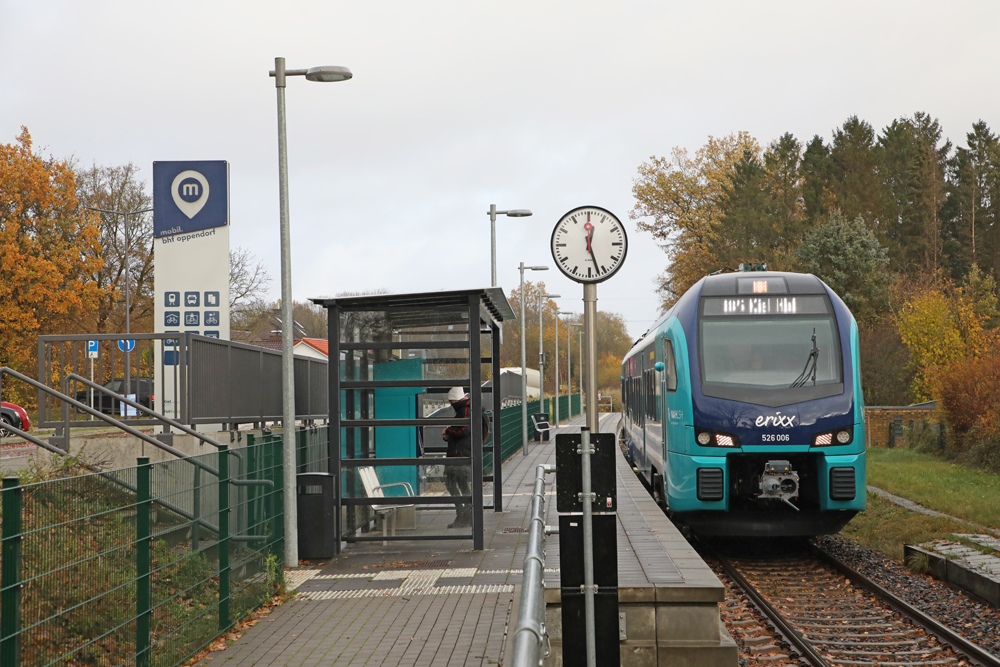
The first of what will be several fleets of new battery electric multiple-unit (BEMU) trains entered service in Germany in October. The BEMU concept is for trains to work as normal EMUs when overhead power is available but to use batteries on non-electrified lines, with up to 90 miles between recharges. All of the BEMU fleets planned in Germany are designed to offer similar operating performance whether using overhead power or batteries
The first fleet to enter service, on Oct. 1, were some of 55 two-car Class 526 Flirt Akku BEMUs (“Akku” is battery in German) supplied by Stadler to the transport authority in the northern German state of Schleswig Holstein. The transport authority awarded the $655 million contract for the new fleet and its maintenance for 30 years in 2019, and will lease the equipment to its contracted passenger operators. The contracts cover the majority of non-electrified rail routes in the state; once fully BEMU-operated, they will help Schleswig-Holstein achieve 68% electric operation for its regional services, despite most lines lacking overhead electrification — saving around 2 million gallons of diesel fuel and 26,000 metric tons of CO2 emissions each year.
In the Stadler trainsets, the batteries are carried in roof-mounted sections or under the floor, so they don’t reduce capacity inside the train. In mid-December, many of the trains had to be temporarily removed from service due to software issues, which Stadler expects to have fixed early in 2024.
Multiple BEMU fleets are being introduced in Germany in the next two years. Twenty Siemens Mireo+B’Class 563 BEMUs will enter service on regional routes from Offenburg serving the Black Forest in early 2024, and another 31 are on order for services east of Berlin beginning in late 2024. Eleven Alstom-built Coradia Continental BEMUs are scheduled to run services in Saxony, from Leipzig to Chemnitz, beginning early in 2024. CAF is also building a fleet of 73 Civity BEMUs for transport authorities in the Ruhr region, for use from late 2025 onward, while Stadler has won further orders for its Flirt Akku with two fleets on order for operation by DB Regio in western and eastern Germany as of 2025-26.
Previous News Wire coverage:
“Siemens presentation offers opportunity to compare hydrogen, battery-powered trains,” May 4, 2023.
“Eurostar to be blocked from Amsterdam for a year,” June 13, 2023.
“British government axes part of planned high-speed route,” Oct. 4, 2023.
“Indonesia launches country’s first high speed train,” Oct. 6, 2023.
“First of many battery trains enter service in Germany,” Nov. 16, 2023.
“Competition heats up under the English Channel,” Nov. 27, 2023.
“Spanish high-speed line under mountains opens after 20 years of construction,” Dec. 1, 2023.
Coming Wednesday: Part 2 of the international year in review; Preservation’s year in review.






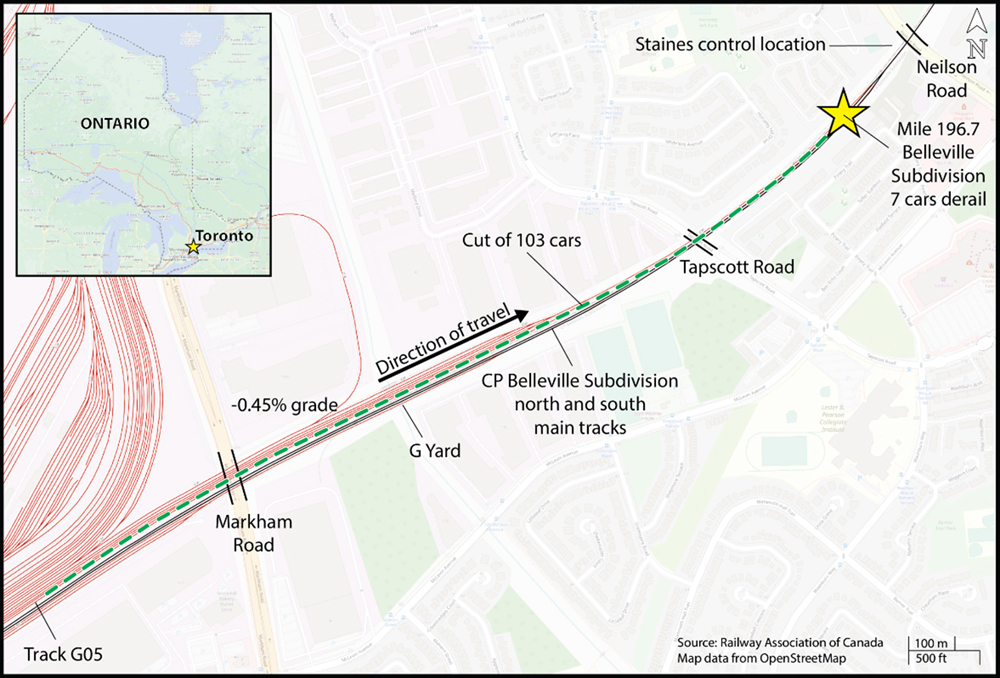
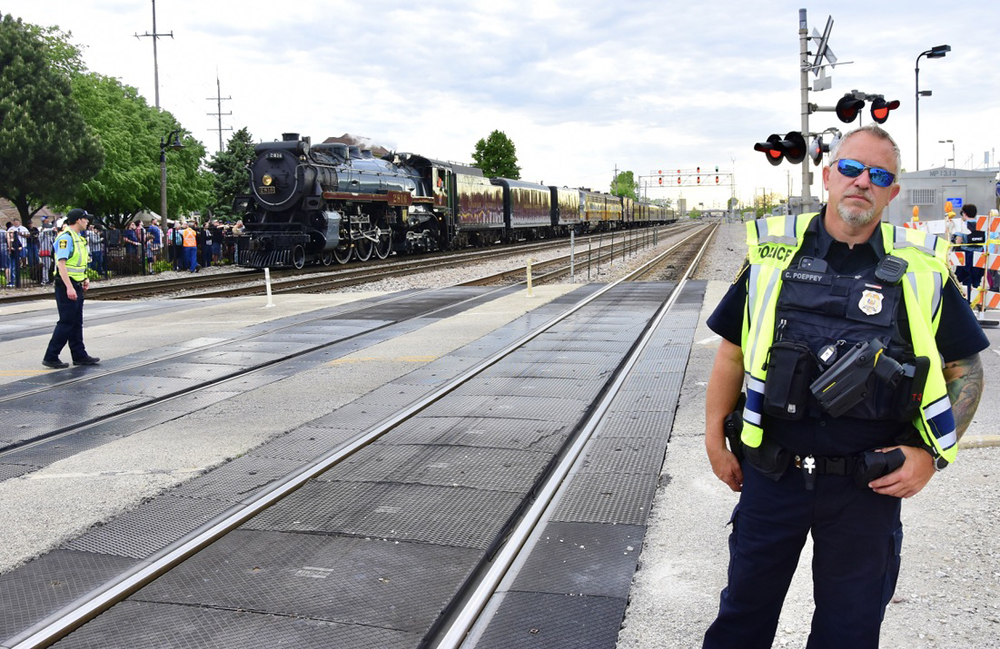
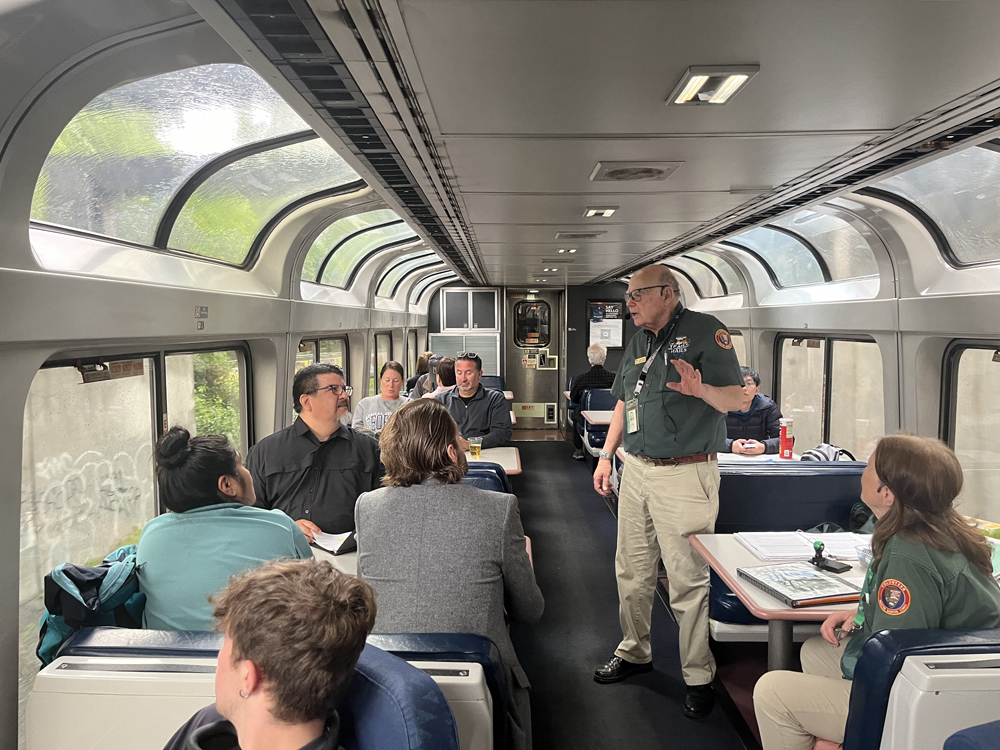
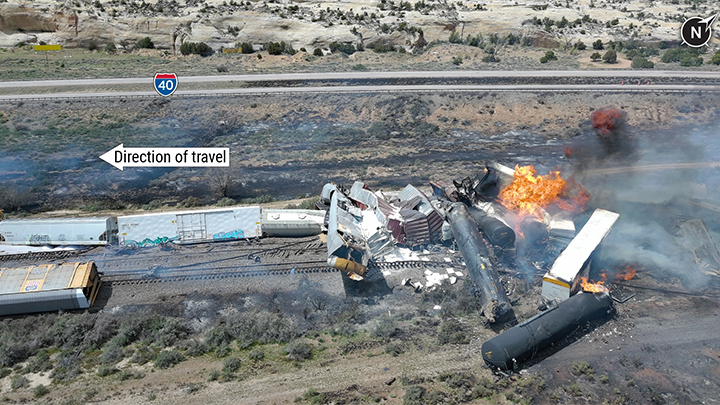




Red line cars are built by American workers. Who built the Asian cars? What might that say about quality workers? Like Trump- I’m just asking.
Once again, just as with US passenger car orders, CRRC can build workable high-speed trains for Indonesia, but can’t build Red Line trains that work for Boston. I think they are already something like two years behind on that order.